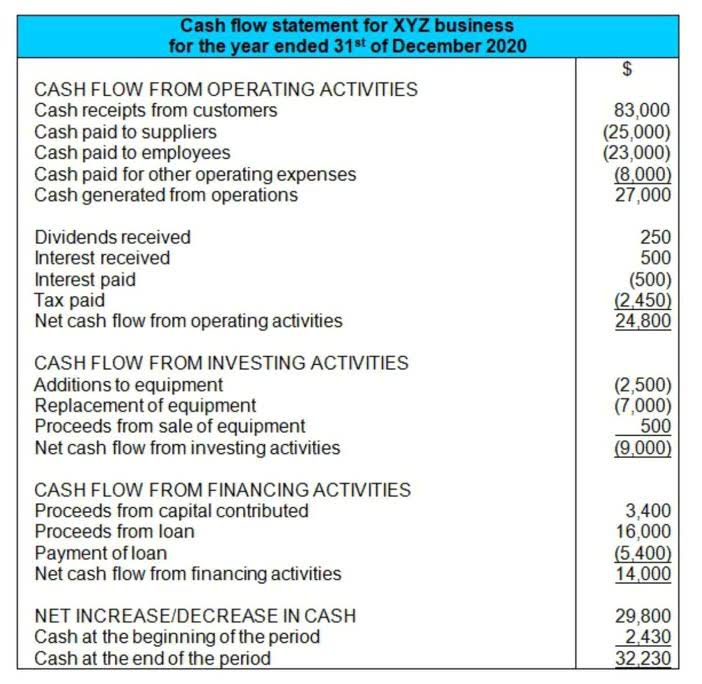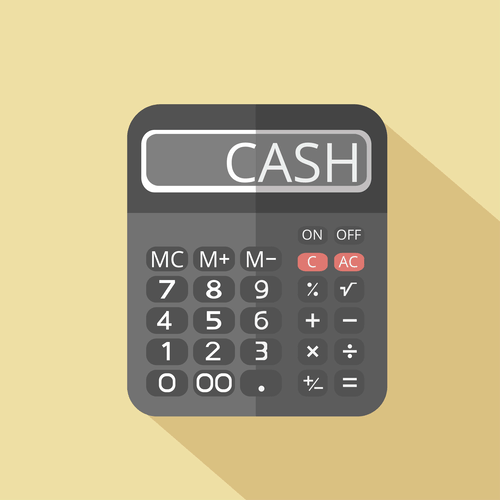
With a CIF agreement, the seller pays costs and assumes liability until the goods reach the port of destination chosen by the buyer. In FOB shipping points, if the terms include „FOB origin, freight collect,“ the buyer pays for freight costs. If the terms include „FOB origin, freight prepaid,“ the buyer is responsible for the goods at the point of origin, but the seller pays the transportation costs. In FOB shipping point agreements, the seller pays all transportation costs and fees to get the goods to the port of origin. Once the goods are at the point of origin and on the transportation vessel, the buyer is financially responsible for costs to transport the goods, such as customs, taxes, and fees. This means the buyer is responsible for costs and risks from when the goods are handed over to the carrier.

What is the difference between FOB and EXW?
This delay in revenue recognition can impact the seller’s cash flow and financial reporting, as the income from the sale is not realized until the delivery is complete. Since the seller retains ownership of the items throughout the transportation damage period, the seller should file any claims with the insurance company. The prepaid freight agreement says that the seller is responsible for the freight charges until the order arrives at the buyer’s destination. Then, the seller sends an invoice to the buyer for reimbursement when the items are delivered. Understanding the shipping process is crucial in FOB agreements, as it highlights the stages and responsibilities involved in transferring goods from seller to buyer.
Comparative Analysis: FOB Shipping Point vs. FOB Destination
Additionally, FOB Destination can be a good option if the buyer is located far from the seller or if the goods are fragile and require special handling. The choice between F.O.B. shipping point and destination can impact how revenue is recognized in accounting and may have tax implications. For instance, under F.O.B. shipping point, sellers can recognize revenue once the goods are shipped, potentially benefiting cash flow.
- Let’s dive into how these shipping terms can affect your accounting practices, the recording of transactions, and your insurance considerations.
- FOB shipping point defines a clear division of costs between the seller and the buyer.
- However, it may not be suitable for industries dealing with perishable goods or items requiring special handling, where the risk of damage during transit is higher.
- To mitigate these risks, sellers should consider their ability to absorb potential losses and manage shipping costs before agreeing to FOB Destination terms.
- With a CIF agreement, the seller pays costs and assumes liability until the goods reach the port of destination chosen by the buyer.
Understanding FOB Shipping Terms
- These terms, last updated by the International Chamber of Commerce (ICC) in 2020, encompass 11 internationally acknowledged Incoterms.
- If the goods are lost or damaged during transit, the buyer bears the loss, not the seller.
- This is particularly important for international shipments where risks like theft, damage, or delays are higher.
- Determining the right FOB location is essential in minimizing shipping costs and ensuring smooth logistics operations.
- For FOB shipping, you can get an FOB price estimate using Freightos.com’s International Freight Rate Calculator.
- CIF is much more expensive for the buyer because they rely on the seller to include shipping in the price of their products.
The primary distinction between FOB shipping point and FOB destination lies in the point at which ownership, costs, and risks transfer from the seller to the buyer. The main difference between FOB shipping point and FOB destination lies in when ownership and responsibility for the goods transfer from the seller to the buyer. Understanding FOB means knowing who holds the responsibility when things go wrong during shipping. FOB terms clearly outline who’s responsible for costs and who must take action if goods are damaged or lost during transit. Be explicit in your communications, especially regarding freight charges and when ownership passes between buyer and seller.
What is the difference between FOB and DAP?
However, in this case the seller has prepaid the shipping cost on behalf of the buyer and is now owed 5,600. A variation on FOB shipping point is were the seller for convenience prepays the shipping cost and recovers this from the buyer at a later date. As the goods were sold FOB shipping point, the seller does not have to accounting pay the freight cost and is now owed the 5,000 for the goods.


This distribution of responsibilities delineates each party’s distinct AI in Accounting roles in ensuring the secure and efficient delivery of goods to the buyer’s destination. In contrast, FOB Destination means the seller retains ownership, costs, and risks until the goods are delivered to the buyer’s specified location. The seller is responsible for transportation, insurance, and ensuring the goods arrive safely at their destination. FOB destination is a type of Incoterm (international commercial term) used in international trade. It means that a seller pays for all shipping costs and that a transaction is not complete until the goods reach the buyer’s destination undamaged.

FOB shipping point definition
- Understanding these variations can profoundly affect your supply chain and your ability to manage shipping costs effectively.
- The key difference between FOB shipping point and FOB destination lies in when ownership, risk, and shipping costs transfer.
- In contrast, FOB Destination means the seller retains ownership, costs, and risks until the goods are delivered to the buyer’s specified location.
- It requires the supplier to pay for the delivery of your goods up until the named port of shipment, but not for getting the goods aboard the ship.
- The main difference between FOB shipping point and FOB destination lies in when ownership and responsibility for the goods transfer from the seller to the buyer.
FOB shipping point designates a specific point—the shipment point—where ownership and risk transfer from the seller to the buyer. FOB Destination is a good option for sellers who are experienced in handling and transporting goods or who have more resources to invest in transportation. With this option, the seller assumes more risk and responsibility, which can provide buyers with peace of mind.

- To avoid confusion and disputes later on, it is essential to clearly define the FOB point in a sales contract.
- FOB stands for either “free on board” or “freight on board.” The term is used to designate buyer and seller ownership as goods are transported.
- Some buyers may prefer FOB destination terms, where the seller retains responsibility for goods until they reach the agreed-upon destination.
- This early recognition means that the seller’s inventory decreases and accounts receivable increases.
The fact that the treadmills may take two weeks to arrive is irrelevant to this shipping agreement; the buyer already possesses ownership while the goods are in transit. fob shipping point For example, let’s say Company ABC in the United States buys electronic devices from its supplier in China and signs a FOB shipping point agreement. Company ABC assumes full responsibility if the designated carrier damages the package during delivery and can’t ask the supplier to reimburse the company for the losses or damages.
